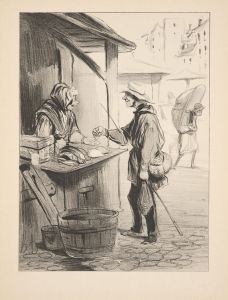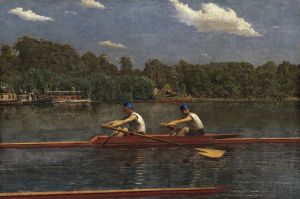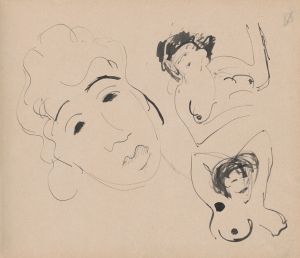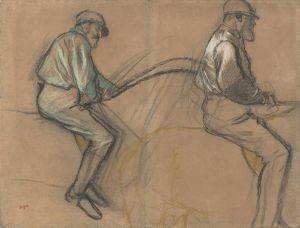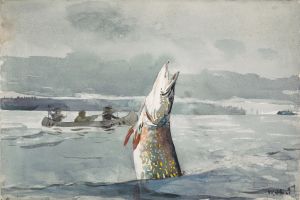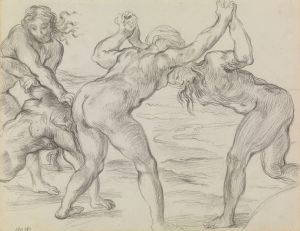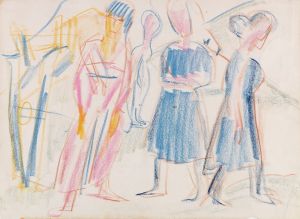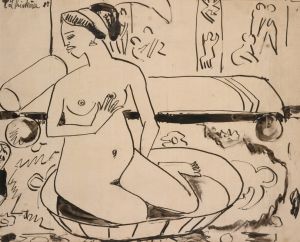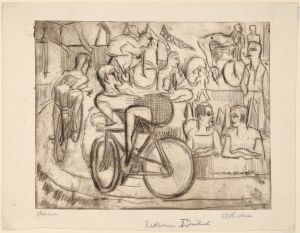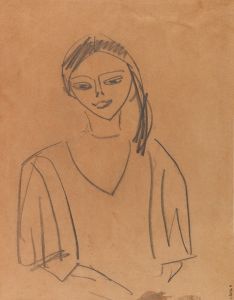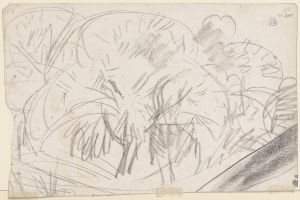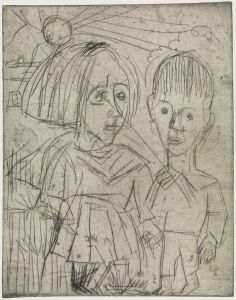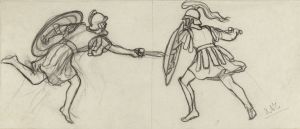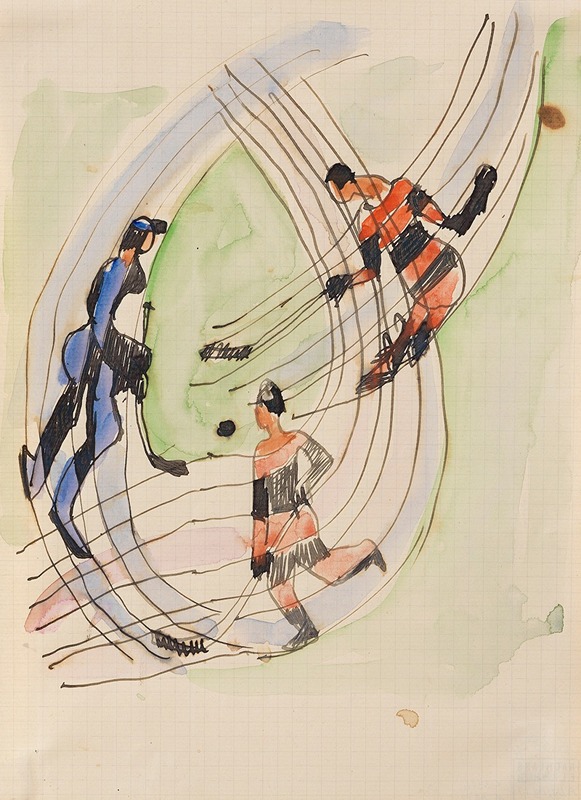
Hockeyspieler
A hand-painted replica of Ernst Ludwig Kirchner’s masterpiece Hockeyspieler, meticulously crafted by professional artists to capture the true essence of the original. Each piece is created with museum-quality canvas and rare mineral pigments, carefully painted by experienced artists with delicate brushstrokes and rich, layered colors to perfectly recreate the texture of the original artwork. Unlike machine-printed reproductions, this hand-painted version brings the painting to life, infused with the artist’s emotions and skill in every stroke. Whether for personal collection or home decoration, it instantly elevates the artistic atmosphere of any space.
"Hockeyspieler" (Hockey Players) is a painting by the German expressionist artist Ernst Ludwig Kirchner, created in 1931. Kirchner, a founding member of the influential Die Brücke (The Bridge) movement, is renowned for his vivid and dynamic works that often explore themes of modernity, urban life, and human emotion.
The painting "Hockeyspieler" captures a scene of ice hockey players in action, rendered in Kirchner's distinctive style characterized by bold colors, sharp lines, and a sense of movement. The composition is energetic, with the players depicted in mid-motion, their forms elongated and somewhat abstracted, which conveys the intensity and speed of the game. The background is simplified, focusing the viewer's attention on the figures and their dynamic interaction.
Kirchner's use of color in "Hockeyspieler" is particularly striking. He employs a palette of vibrant hues, including blues, reds, and yellows, which not only enhances the sense of movement but also reflects the emotional intensity of the scene. The contrast between the cool tones of the ice and the warm colors of the players' uniforms creates a visually compelling effect.
The painting is a testament to Kirchner's ability to capture the essence of modern life through his unique artistic vision. Ice hockey, a relatively new and modern sport at the time, symbolizes the rapid changes and the energetic pace of contemporary society. Kirchner's interest in such themes is evident throughout his body of work, where he frequently depicted scenes of urban life, leisure activities, and the human form in motion.
Ernst Ludwig Kirchner's career was marked by both critical acclaim and personal struggles. Born in 1880 in Aschaffenburg, Germany, he studied architecture before fully committing to painting. As a co-founder of Die Brücke in 1905, Kirchner played a crucial role in the development of German expressionism, a movement that sought to break away from traditional artistic conventions and express raw, emotional experiences through art.
Kirchner's work was deeply affected by the political and social upheavals of his time. During World War I, he served in the military but was discharged due to a nervous breakdown. His experiences during the war and the subsequent rise of the Nazi regime, which condemned his work as "degenerate art," had a profound impact on his mental health. Despite these challenges, Kirchner continued to create art until his death in 1938.
"Hockeyspieler" is housed in the Kunstmuseum Basel in Switzerland, which holds one of the most significant collections of Kirchner's work. The painting is an excellent example of Kirchner's mature style and his ability to convey the dynamism and vibrancy of modern life through his art.
In summary, "Hockeyspieler" by Ernst Ludwig Kirchner is a dynamic and colorful depiction of ice hockey players that exemplifies the artist's expressionist style and his engagement with themes of modernity and movement. The painting remains an important piece within Kirchner's oeuvre and a notable work within the broader context of early 20th-century art.





